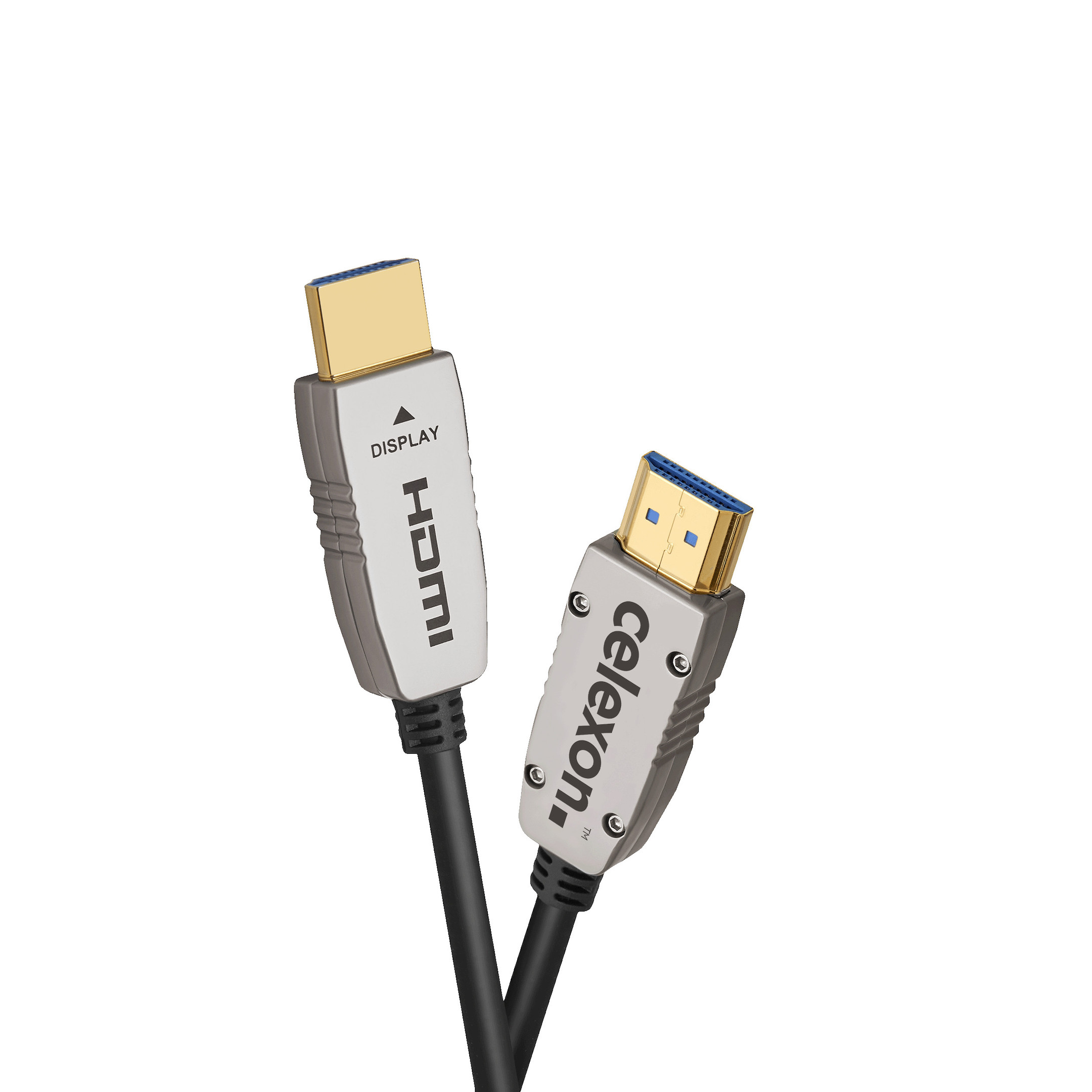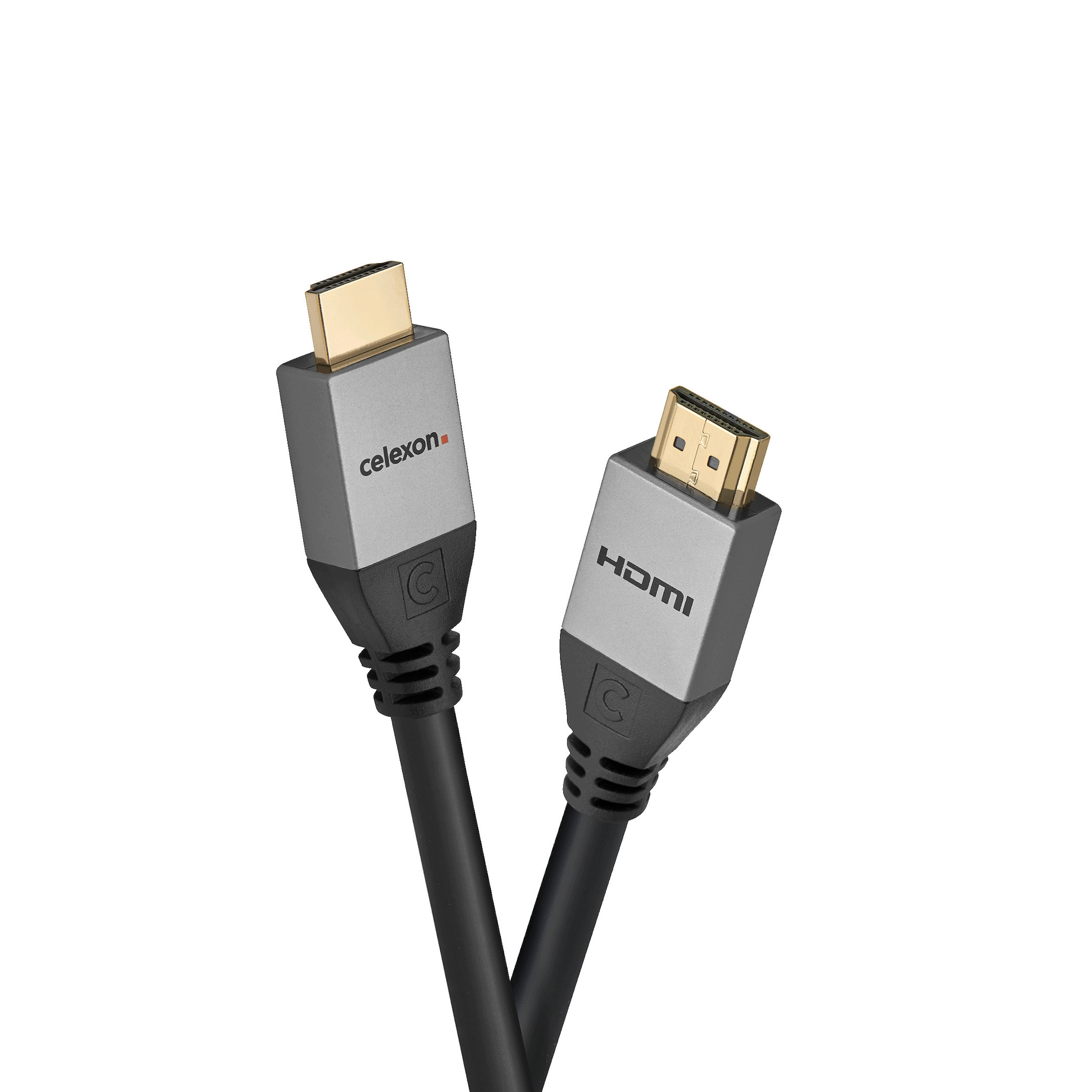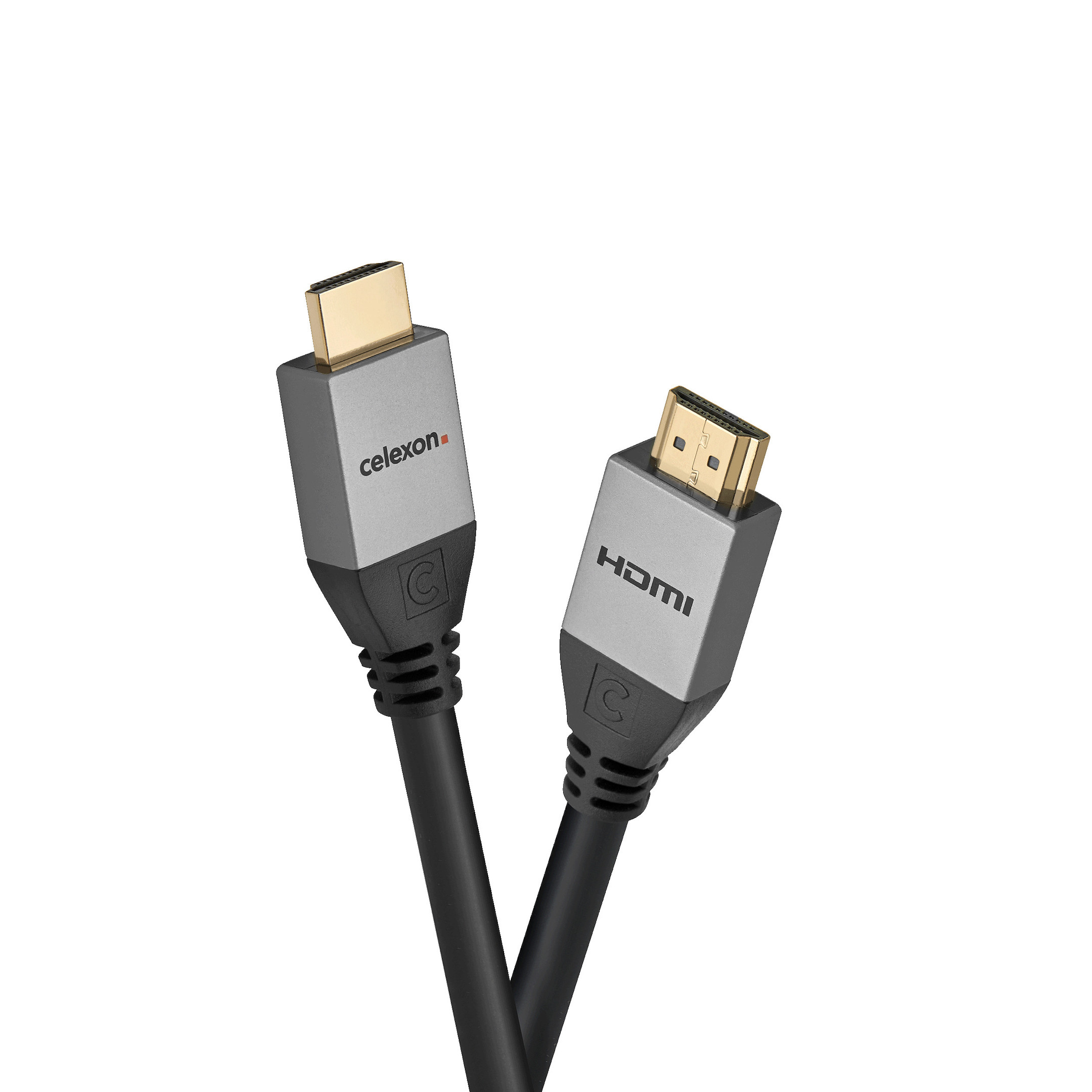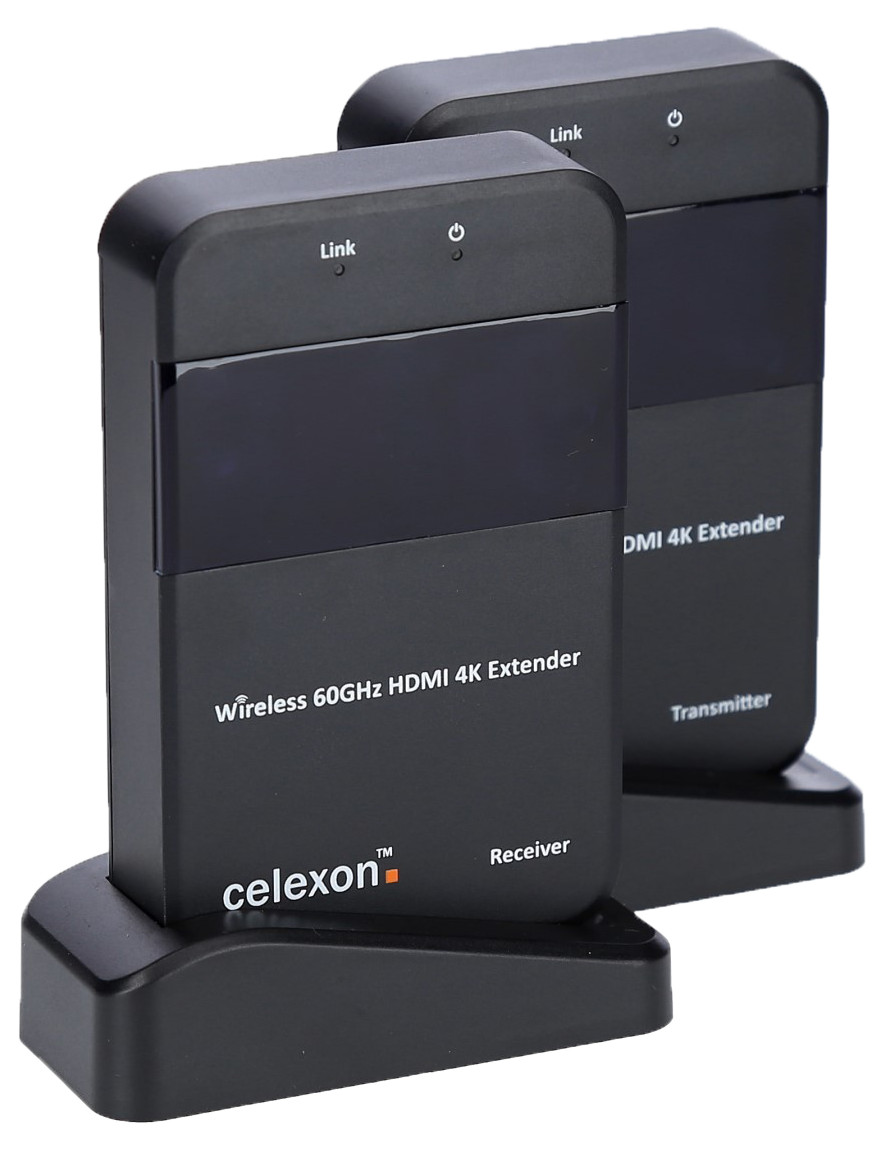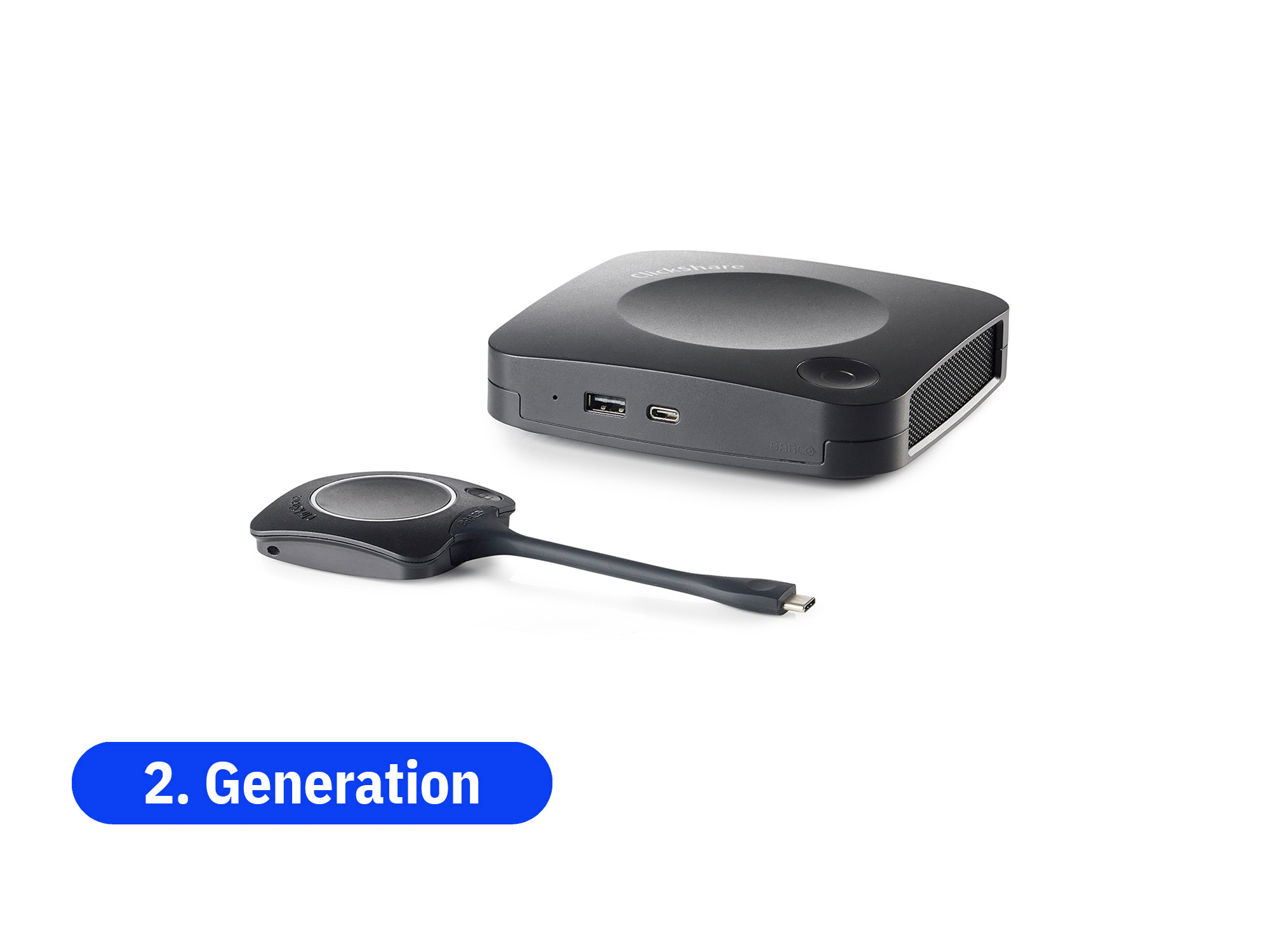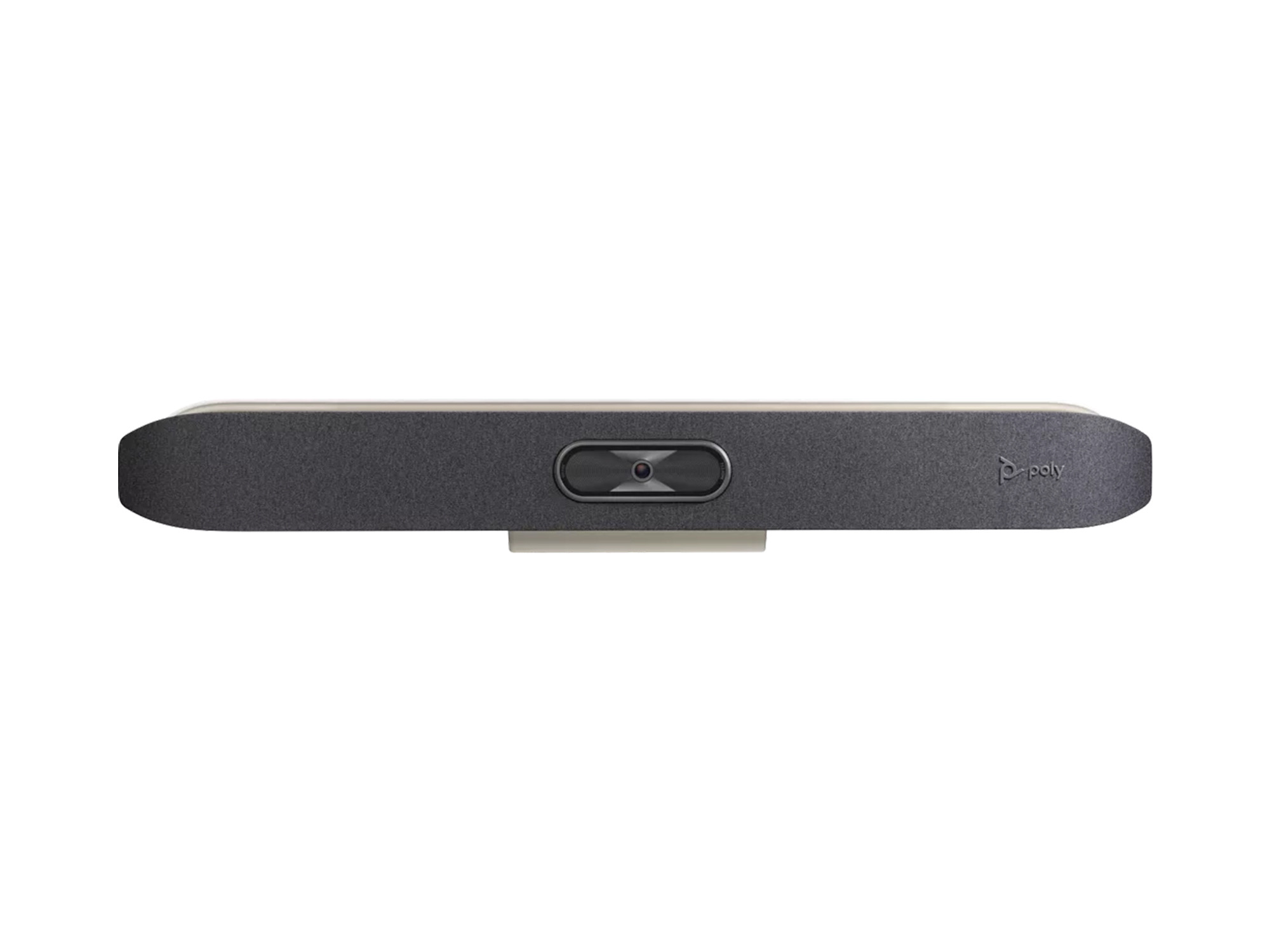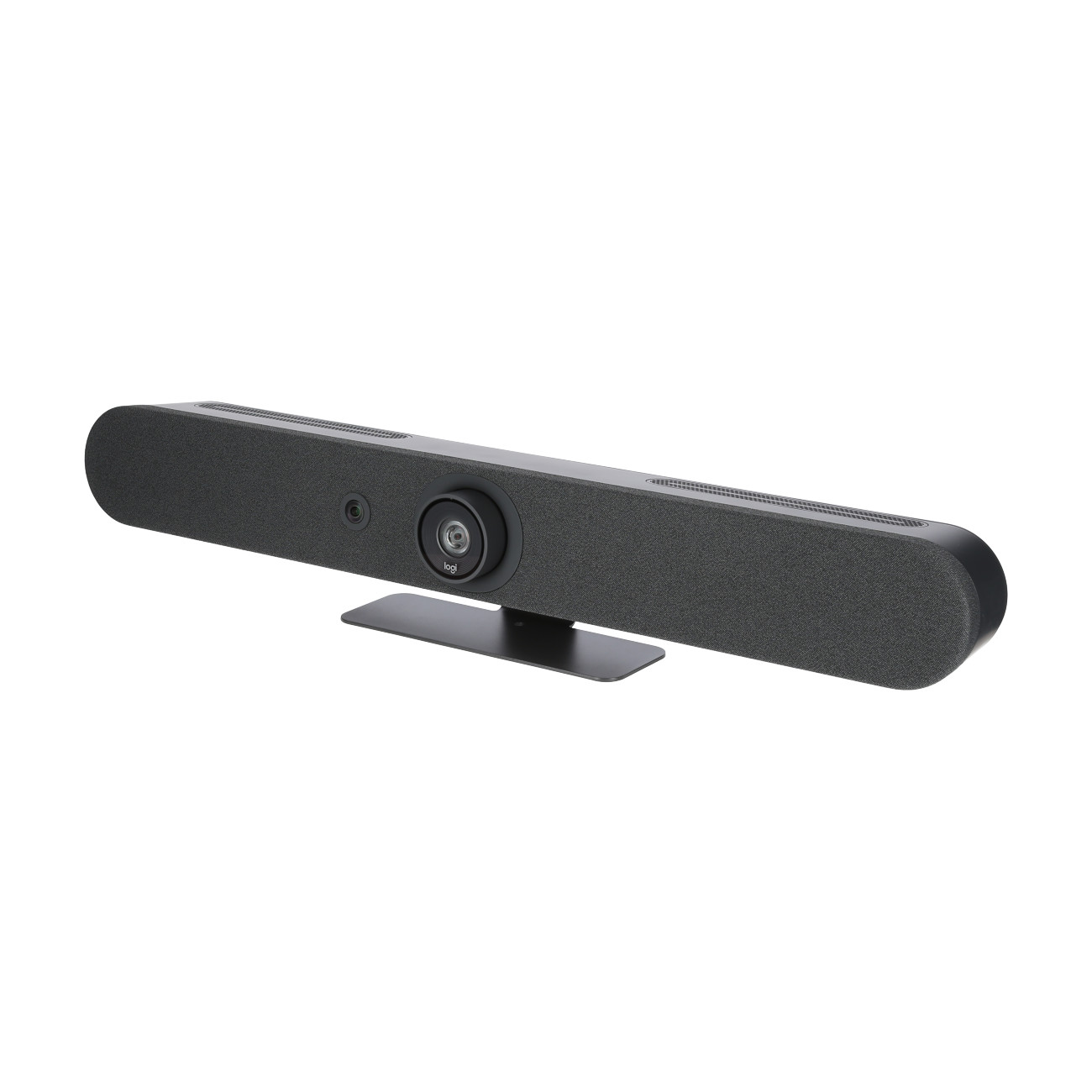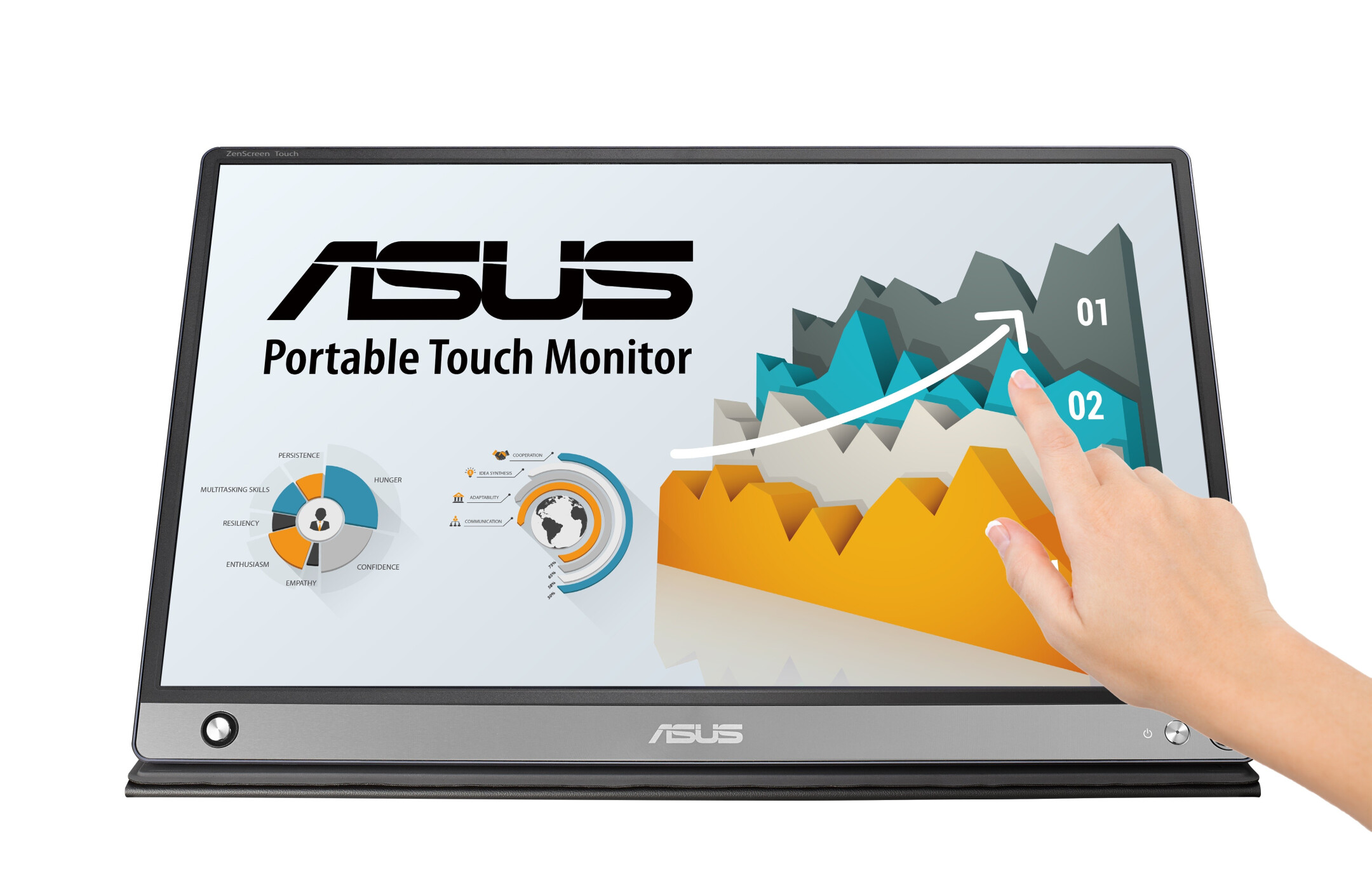



















- Resolution 1920 x 1080 Full HD
- Diagonal 16"
- panel technology IPS
- Refresh Rate 60Hz
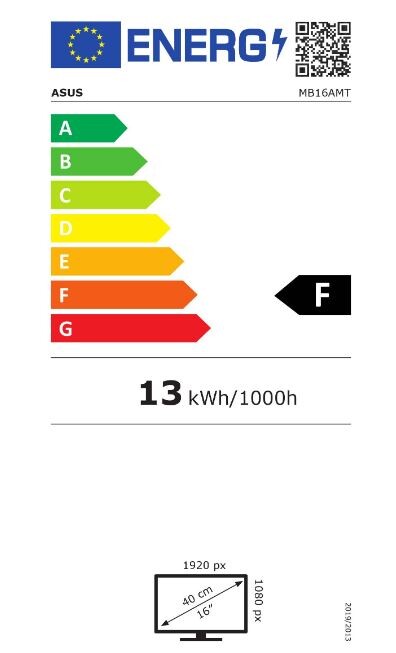


Frequently purchased together
Product information
- 39.62cm (15.6 inch),IPS, Full-HD, 10-point touch, integrated battery, hybrid signal solution, USBType-C, Micro-HDMI, compatible with notebooks, smartphones, game consoles andCameras
- portable 39.62cm(15.6-inch) full HD IPS display with ultra-slim profile of 9mm and only0.9kg weight
- Responsive and intuitiveintuitive input with 10-point touchscreen for highly productive multitasking
- Integrated,powerful 7800mAh battery for up to four hours of operation
- Hybrid-signal USB-Cand micro-HDMI interfaces offer versatile connectivity withSmartphones, notebooks, gaming consoles, cameras, tablets and more
- The foldableSmart case can be converted into a stand to display the monitor in either portrait or landscapePortrait or landscape mode
Increase your productivity
The sleek and lightweightlightweight ASUS ZenScreen™ Touch MB16AMT is a portable monitor with anintegrated 7800mAh battery, designed to help you be more productive on the gomore productive on the go. The responsive and intuitive10-point touchscreen supports swipe, scroll, drag and zoom gestures to help youand zooming gestures to help you complete your tasks more efficiently. With theinnovative ZenScreen touch app, the apps of an Android phone can be displayed andPhone can be displayed and operated on the monitor. The larger screen area and higherAnd greater precision lead to an increase in productivity. TheHybrid signal connectivity via USB-C and micro-HDMI allows content from a wide range offrom a wide range of portable devices, giving you plenty of space for work and entertainmentand entertainment space on your screen, wherever you are,no matter where you are.
Intuitive finger control
With its10-point interactive touchscreen, the ZenScreen Touch MB16AMT offers a highly precisehighly accurate, responsive and seamless touch experience* that enables you towork on documents, draw slides or play gamesplay games. The monitor is Windows 10 compatible, so you can work smarter and morework smarter and more efficiently.
Use a larger surface area for yourSmartphone apps
With theexclusive ZenScreen Touch app, you can display your Android* smartphone on theand control your Android* smartphone on the much larger screen of the ZenScreen Touch MB16AMTcontrol. In addition to a clearer display of all content, thethe larger scale is also ideal for complex tasks such as editing documentsof documents, photos and videos.
Hybrid Signal USB-C and Micro HDMI Connectivity
With itsHybrid signal USB-C and Micro-HDMI connectivity, the ZenScreen TouchMB16AMT is capable of displaying content from a wide range of devices, including notebookdevices, including notebooks, smartphones, gaming consoles, cameras andTablets, giving you plenty of screen space for work and playScreen space as you work and play. It offers maximum compatibility through aninnovative hybrid signal solution with native support forUSB Type-C connections and the use of an installed driver forUSB Type-A connections. The reversible USB design can be used on both sidesand allows for a fast, frustration-free connection to any device.
Integrated speakers & 7800mAh battery
With twointegrated speakers, the ZenScreen Touch MB16AMT enhances youraudiovisual experience wherever you are. It also featuresbuilt-in 7800mAh battery, which can be charged for up to four hours* on a singleUp to four hours* of operation on a single charge. Because the ZenScreen TouchMB16AMT has its own battery, it does not consume power from the connected deviceconnected device. This means you can work longer or watch moreVideos while you are travelling. When the device needs to be chargedquick Charge 3.0 technology gives you twice the charging speed of conventional adapters andcompared to conventional adapters, minimising downtime.
IPS panel with a 178° viewing angle
The ZenScreenMB16AMT is equipped with a full HD screen for an impressive 1920x10801920x1080 image display. IPS technology is used hereTechnology to give you more flexibility in expanding the screen - so you can enjoy theso you can enjoy the excellent colour and contrast from extreme viewing anglesViewing angles.
Slim and easy to transport with aninspiring design
The ZenScreenTouch MB16AMT is the ideal choice for those on the go. Despitemetal back, it weighs only 0.9kg, and its ultra-slim 9mm profile ensures that9mm profile ensures it fits easily into any travel bag.
Foldable smart case
An innovative,foldable smart cover protects the ZenScreen Touch MB16AMT from dust and scratchesScratches. The sleeve can be folded into a stand to display the monitor in eithereither in portrait or landscape mode. The ZenScreenTouch MB16AMT also has a special opening in the bottom right-hand corner for inserting a pena special opening in the bottom right corner where a stylus can be inserted to position andand fix the screen in place - handy when you're not using the smart cover
Automatic screen alignment
With theDisplayWidget software, the ZenScreenTouch MB16AMT automatically detects theScreen orientation automatically and switches between portrait and landscape mode,while connected to the notebook. Landscape mode is perfect forperfect for presentations and spreadsheets, while Portrait mode isparticularly useful for viewing documents, books or web pages.
ASUS Ultra Low Blue Light Technology
The ASUSLow-Blue-Light technology protects you from harmful blue light. Therefour different filter settings are available, which can be accessed via hotkey
ASUS Flicker-Free Technology
The ZenScreenTouch MB16AMT supports the TÜV Rheinland-certified ASUSFlicker-Free technology, which reduces screen flicker and thus offers a particularly comfortablecomfortable viewing experience. This technology helps to prevent eyeeyestrain and other possible negative effects that can occur whenthat can occur with hours of screen use.
Technical data
| Name | Asus ZenScreen MB16AMT 16" Touch display |
|---|---|
| Article number | 1000013821 |
| GTIN/EAN | 4718017331111 |
| Manufacturer SKU | 90LM04S0-B01170 |
| Model name | ZenScreen MB16AMT |
| Brand | Asus |
| Product Type | Monitor |
| Product Series | Asus MB Series |
| Technology | LCD Technology LED: LED is a lighting technology. With LED technology, diodes are used as illuminants and not conventional UHP lamps. The advantage of this technology is that the diodes do not use a filament and practically do not consume energy. However, LEDs have a more bluish colour range than UHP lamps, which is why the image is often perceived as somewhat colder. Colour wheel: Besides the DMD chip, the colour wheel is one of the most important criteria for image generation in DLP projectors. The colour wheel rotates constantly at extremely high speed and currently has 3, 4, 5 or, in some cases, even more colour segments. Through the colour wheel, the light from the projector lamp is alternately broken down into the primary colours red, green and blue practically without interruption. In modern projectors, the colour wheel also contains white and sometimes other colours such as cyan, magenta and yellow. With 3 segments, the colour wheel rotates at 3600 or 7200 rpm, with 7 segments at up to 14400 rpm. (4x speed). Each colour perceived by the eye in a DLP projector is therefore an extremely fast sequence of individual, differently coloured light beams until the actual processing. Because this technology sometimes does not use all the colour positions of the colour wheel for high-contrast images, or because the colours required for colour mixing are arranged far apart on the wheel, some viewers recognise the rainbow effect. This characteristic is more noticeable with slower colour wheels and slower rotation speeds than with projectors with faster and more frequently segmented colour wheels. |
| panel technology | IPS |
| backlight | LED |
| Resolution | 1920 x 1080 Full HD Resolution Resolution: The resolution of a projector is the maximum number of image points (pixels) that a projector can display based on its naturally existing technology, i.e. without conversion or cropping of the image. The native resolution is the number of pixels that a projector physically has to display the image. A projector usually interpolates a resolution when it receives an image signal with a higher resolution than the native one. If this is the case, there may be a lack of image detail or general blurring in the displayed image. If a projector receives an image signal with a lower resolution than the native, it also interpolates, it scales the image up to the native resolution, calculates corresponding additional pixels, if possible without changing the image information. The disadvantage here is that although the image is displayed larger than fed, the original individual pixels may become much more visible as they are multiplied by the conversion. 4K: 4K refers to the resolution of 3840 x 2160 or Ultra High Definition Television (UHDTV). This resolution corresponds to 4 times the resolution of Full HD. To record films with this resolution, special cameras are needed that can record at around 8 megapixels (4K). Full HD: The term Full HD is used to describe devices that can physically display or output HDTV signals in full (1920 x 1080 pixels). 1080p: 1080p is the specification of the vertical picture lines. Among other things, it refers to the resolution 1920 x 1080. The "p" in this case means full frames, so all picture lines are displayed simultaneously. 1080i: 1080i is the specification of the vertical picture lines. The "i" in this case means fields. This signal is usually displayed interpolated (e.g. by devices with a 1280 x 720 HDready resolution). The interpolation digitally adds pixels, but also offers a slight blurring. In contrast, 1080p playback uses full frames. |
| Diagonal | 16" |
| Aspect Ratio | 16:9 Aspect Ratio Format: The projected image is output in a format (aspect ratio) specified by the projector. The format is also determined by the resolution of the projector (see also the entry "Resolution"). The screen format is usually selected on the basis of the format of the beamer image. The most common formats are 4:3, 16:9 and 16:10. |
| Viewing angle - Horizontal | 178° Viewing angle - Horizontal Viewing angle: The viewing angle indicates the distance from the centre line at which the projected image is perceived as being of good quality without restrictions. As a rule, the horizontal viewing angle is specified. A good viewing angle lies within a range of 110 to 130 degrees from the centre of the picture, i.e. 55 to 65 degrees to the left and 65 to the right. If you are outside the viewing angle, the picture deteriorates disproportionately. |
| Viewing angle - Vertical | 178° Viewing angle - Vertical Viewing angle: The viewing angle indicates the distance from the centre line at which the projected image is perceived as being of good quality without restrictions. As a rule, the horizontal viewing angle is specified. A good viewing angle lies within a range of 110 to 130 degrees from the centre of the picture, i.e. 55 to 65 degrees to the left and 65 to the right. If you are outside the viewing angle, the picture deteriorates disproportionately. |
| Contrast Ratio | 700 :1 Contrast Ratio Contrast: The contrast reflects the gradations between the lightest and darkest point. This is determined from white to grey to black. The higher the contrast, the more precisely the individual gradations between the respective sections can be recognised. In real use, however, the contrast actually only plays a role in darkened rooms, as the light counteracts the contrast. Therefore, contrast plays a rather subordinate role in presentation devices. It should also be noted that the contrast is determined differently depending on the technology. This often results in very different values on paper. Black level: The black level indicates the lowest light value of the projection that is achieved when projecting a black image. The better the black level, the more the dark colours / black tones are emphasised in the image. |
| Max. Brightness | 250 cd/m² |
| Response time | 5ms |
| Refresh Rate | 60Hz |
| Support - VESA | no VESA |
| Inputs | 1x 3,5mm Jack , 1x Micro-HDMI , 1x USB-C Inputs HDMI: Digital connection for the transmission of picture & sound. Necessary for high-resolution picture quality (HDTV). Since HDMI 1.4 (High Speed) suitable for transmission of 3D content in Full HD. For high-resolution picture quality in UHD, 4K or HDR, the connection via HDMI 2.0a and higher is suitable. HDMI 2.1 or higher should be used from 120Hz refresh rate in 4K. VGA: The VGA connector is a 15-pin connector for analogue image transmission. It is also called DSub15 and is often found on notebooks and PCs. Compared to the other analogue connections, it offers good picture quality. It can be screwed to the input or output device and can be adapted to YUV with a suitable configuration. DisplayPort: The DisplayPort connection is a VESA-standardised connection for the transmission of image and sound data. In addition to HDCP encryption, DPCP is also supported. Due to its compact size, the connection is most commonly used in notebooks. An extra small variant is the MiniDisplayPort, which is used especially with Apple devices. DVI: DVI (Digital Visual Interface) is an interface for the transmission of video data. Only analogue signals can be transmitted via DVi-A, only digital signals via DVI-D and both types of signals via DVI-I. USB: USB (Universal Serial Bus) is used to control and manage the projector (USB-B). With some business devices, office files and images can also be presented directly with a USB stick or a mouse can be connected via the USB input (USB-A). Toslink: The Toslink connection is an optical signal connection that works on an optical fibre basis. It is used for the digital transmission of audio signals. The optical design offers a lower susceptibility to interference from external magnetic and electrical influences. The connection is mostly used in the area of DVD / Blu-ray players and comparable devices in connection with an AV receiver, if these work with dts or Dolby Digital signals. YUV: The YUV connection, also called Y Cb/Pb Cr/Pr or component connection, is an analogue video connection with three channels (light intensity and two colour channels). Qualitatively, it is the best analogue video connection. Component cable: The YUV connector transmits analogue signals over three cables (Y=black and white UV=colours). YUV is used to transmit HDTV and is compatible with Cinch, for example. S-Video: The S-Video connection is also called S-VHS or Hosiden connection. Compared to the Cinch video connection, it works with two channels (brightness/colour). In terms of quality, it is somewhat better than the Cinch video connection, but there are also limitations. These can be explained by the susceptibility of the signal, which is reflected in picture distortions, for example. Cinch: The cinch video connection is also called composite connection. To make it easier to recognise, it is usually sheathed in yellow. Since the transmission is only via one channel, the picture quality is on a low level. D-Sub15: The VGA connector is a 15-pin connector for image transmission on an analogue basis. It is also called DSub15 and is often found on notebooks and PCs. Compared to the other analogue connectors, it offers good picture quality. It can be screwed to the input or output device and can be adapted to YUV with a suitable configuration. RS232: The RS232 interface can be used to control or manage the projector. Mini Jack: With a single-pin Mini Jack, mono audio signals can be transmitted, with a two-pin stereo audio signals and with a three-pin stereo audio signals and image data can be transmitted. Scart: Scart is a connector that can be used to transmit analogue audio and video signals. It is compatible with other analogue connections such as RCA or S-Video. ARC: The audio return channel, also called ARC or audio return channel, was introduced with HDMI version 1.4 to reduce the amount of cabling between HDMI components. The audio return channel runs via the existing HDMI cable. Therefore, an additional cable for the sound no longer needs to be connected. However, both devices must support ARC. All audio file formats that are also transmitted via the SPDIF interface can be transmitted via the audio return channel. These include Dolby Digital, Digital Theatre Sound and PCM audio. As an example, a connection between a TV (including receiver) and an AV receiver could be made via an HDMI cable. The sound from the TV is fed back via the HDMI cable. Previously, an additional digital cable (coaxial or Tos-Link) was required for the audio signals. |
| Features | Flicker Free , Integrated speaker , Touch screen |
| Product width | 35.97 cm |
| Product height | 22.74 cm |
| Product depth | 0.9 cm |
| Weight | 0.9 kg |
| Colour | Grey |
| EEK Spectrum | A to G |
| Energy efficency class | F |
| Delivery contents | HDMI Cable , Pen , Power cable , Quick user guide , USB-C Cable , USB-C to USB-A cable , warranty card |
| Condition | New |
| Warranty | 24 Month |
| Warranty type | Bringin service Service and support information |
Manufacturer's warranty information:
Here you will find more detailed information on the different types of warranty. Please refer to our manufacturer overview for contact details and warranty conditions for the corresponding warranty claim. Statutory warranty rights are not restricted by an additional manufacturer's warranty. Our liability for defects is governed by law. Defect rights can be claimed free of charge.




